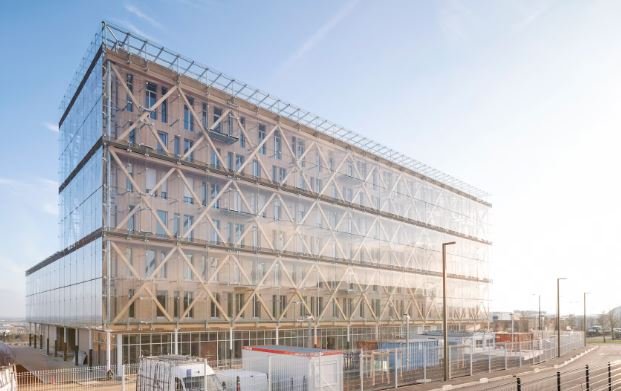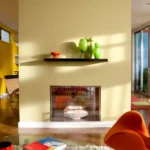The Architectural Gems of Everyday Buildings
Everyday buildings, often overlooked, hold architectural gems that blend form, function, and aesthetic beauty. These structures, from schools to libraries, exemplify thoughtful design and contribute significantly to our daily lives. Exploring these architectural gems reveals the hidden beauty and ingenuity in our built environment.

Schools: Designing for Learning
School buildings, designed to foster learning, incorporate innovative architectural elements that enhance educational experiences. Natural light, open spaces, and flexible classrooms create environments conducive to student engagement and collaboration. Schools like the Vittra Telefonplan in Stockholm, with its creative use of space and color, demonstrate how thoughtful design can inspire and motivate students.
Libraries: Temples of Knowledge
Libraries, as repositories of knowledge, often feature striking architectural designs that invite exploration and reflection. The Seattle Central Library, with its futuristic glass and steel structure, exemplifies how modern design can transform a traditional institution. Libraries serve as community hubs, offering not just books but also spaces for social interaction and cultural events.
Community Centers: Heart of the Neighborhood
Community centers play a vital role in fostering social cohesion and providing spaces for various activities. These buildings often feature flexible designs that accommodate different functions, from sports to meetings. The Peckham Library in London, with its distinctive inverted L-shape and sustainable design elements, showcases how community centers can be both functional and visually appealing.
Healthcare Facilities: Healing Environments
Healthcare facilities, designed with patient well-being in mind, incorporate elements that promote healing and comfort. Natural light, calming colors, and outdoor spaces contribute to a therapeutic environment. The Maggie’s Centres, located throughout the UK, are prime examples of how thoughtful design can enhance the healing process and support patients and their families.
Office Buildings: Balancing Work and Wellness
Modern office buildings strive to balance productivity and employee well-being through innovative design. Features such as green spaces, ergonomic workstations, and communal areas foster a healthy work environment. The Edge in Amsterdam, one of the world’s most sustainable office buildings, integrates smart technology and energy-efficient systems to create a harmonious and productive workspace.
Residential Buildings: Creating Comfortable Homes
Residential buildings, from apartment complexes to single-family homes, embody the principles of good design to create comfortable and functional living spaces. Thoughtful layouts, efficient use of space, and aesthetic appeal are key components. The Habitat 67 in Montreal, designed by architect Moshe Safdie, reimagines urban living with its modular and interconnected units, offering both privacy and community.
Transportation Hubs: Enhancing Connectivity
Transportation hubs, such as train stations and airports, often feature iconic designs that facilitate the movement of people while providing a pleasant user experience. The TWA Flight Center at JFK Airport, designed by Eero Saarinen, is an example of how transportation hubs can be both functional and architecturally stunning, creating a memorable experience for travelers.
Retail Spaces: Shaping Consumer Experiences
Retail spaces, from shopping malls to boutique stores, are designed to create inviting and engaging environments for consumers. Innovative layouts, attractive storefronts, and interactive elements contribute to a memorable shopping experience. The Apple Store on Fifth Avenue in New York, with its distinctive glass cube entrance, illustrates how retail spaces can become architectural landmarks that enhance brand identity and consumer interaction.
Conclusion
The architectural gems of everyday buildings highlight the importance of thoughtful design in our daily lives. Schools, libraries, community centers, healthcare facilities, office buildings, and residential buildings all contribute to the functionality and beauty of our built environment. By recognizing and appreciating these architectural gems, we can better understand how good design enhances our experiences and supports our well-being.



